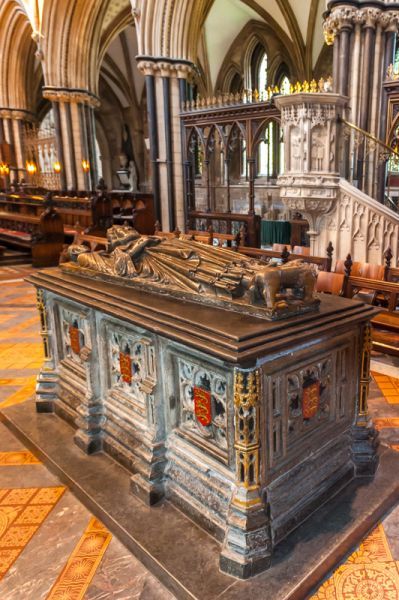John Plantagenet was the King of England and ruled from 1199 until his death in 1216. He was the younger brother of King Richard I and the fifth son of King Henry II of England and Eleanor of Aquitaine.
Although, he was the favourite son of the king, being the youngest he was not entitled to inheritance and therefore was nicknamed as ‘Lackland’ meaning landless or property-less.
While Richard I, John’s older brother attained the title of “Richard The Lionheart”, King John was nicknamed “Soft-sword” due to his lack of military aptitude.
King John was also known for signing the Magna Carta, a charter of rights in order to make a settlement of peace between the rebel barons and the Crown.
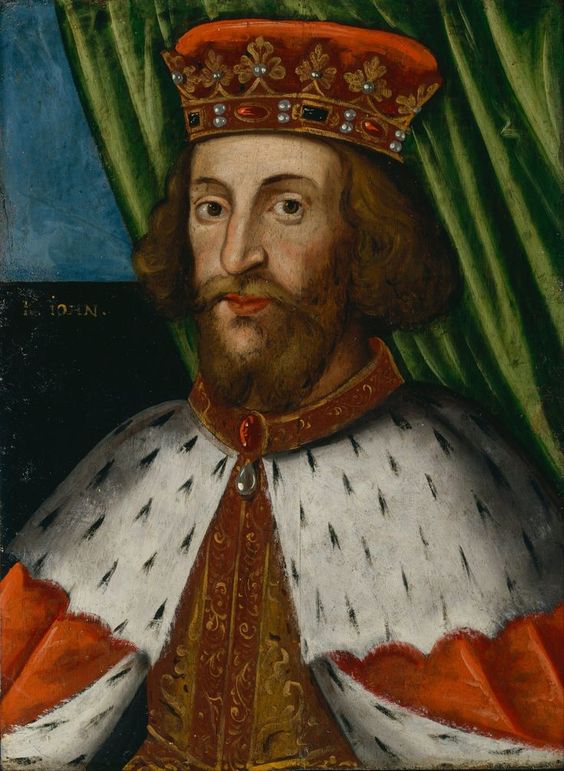
King John, Early Life
Contents
King John was born on 24 December 1166 at Beaumont Palace, Oxford and was the youngest son of King Henry II. He was very close to his father and travelled with him extensively and was gifted many possessions across the Angevin dynasty.
King Henry was worried about his youngest son and feared for his future. Since he was not to acquire any inheritance, King Henry tried to give the best of fortunes to his favourite son.
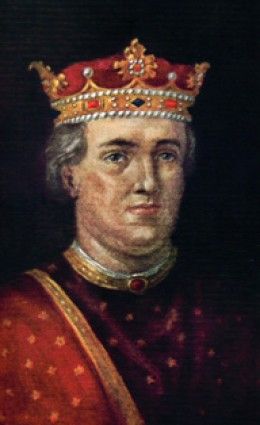
King John and Henry II Relations
Henry II wanted to secure the future of his son John. So, he betrothed John to Alais, the daughter of Humbert III of Savoy in return for the future inheritance to the possessions of Count Humbert.
Henry II granted the ownership of castles of Chinon, Loudun, and Mirabeau to John without consulting his other son, the young King Henry. King John was only 5 years old at that time.
Unfortunately, Alais died before the marriage, and once again John was left without a prospective inheritance.
Meanwhile, King John’s elder brothers Richard, Geoffrey, and Henry the Young under the influence of their mother Eleanor has revolted against Henry II. The brothers feared that King Henry’s love for his favourite son may leave them landless.
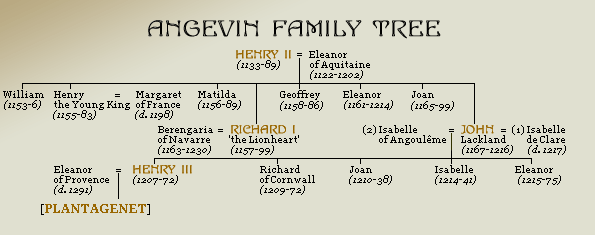
However, Henry II came to a peace settlement with his sons at Montlouis, but Eleanor was imprisoned for revolting against the King.
King John’s allegiance with his father and his conflict with his other brothers have already earned him a reputation of treachery and deceit.
Meanwhile, Henry II in 1175 has bestowed estates of late Earl of Cornwall to John. He had also disinherited the sisters of Isabella of Gloucester and betrothed Isabella to John.
In 1177, Henry II displaced William FitzAldelm and instead appointed the 11-year-old John as the Lord of Ireland. However, John’s future remained uncertain after the death of King Henry II on July 6, 1189.
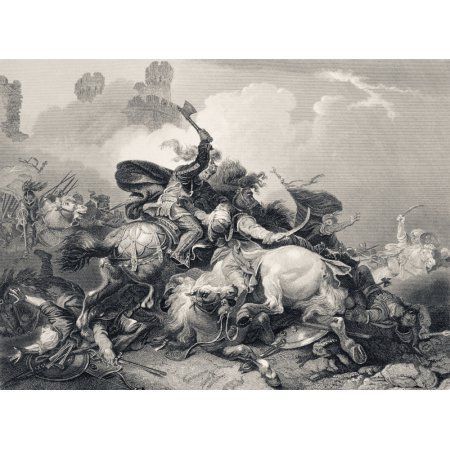
King John of England siblings
King John had many siblings. Some of them are Richard I of England, Henry, Eleanor of England, who was the Queen of Castille, Geoffrey II, Matilda of England, who was the Duchess of Saxony, Joan of England, William Longespee, Alix of France, William IX and Marie of France.
King John Marriages
In 1189, King John married Isabella of Gloucester, the daughter of Earl of Gloucester. The wealthy marriage had made John the Count of Mortain along with various other lands and properties across the country.
What did Kinh John do to his wife?
However, the marriage did not last long. King John stated that Isabella was, in fact, a cousin and in blood relationship with him. So, the marriage has to be annulled due to the absence of papal permission.
On August 24, 1200, John remarried Isabella of Angouleme who was 20 years younger to him. Whether the marriage was purely out of love or just a political alliance is still unclear. Many argued that the marriage was a strategical one and would strengthen John’s hold on the lands of Aquitaine.
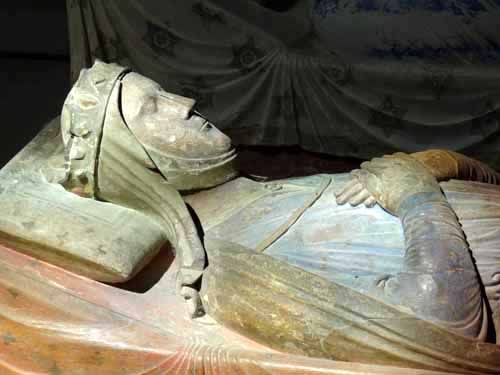
John, King of England Children
King John and Isabella had 5 children; two sons Henry III and Richard and three daughters Joan, Isabella, and Eleanor. King John also had an illegitimate daughter Joan of Wales who was later married to the Welsh prince, Llywelyn the Great.
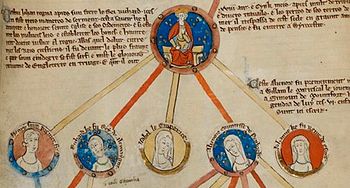
King John Robin Hood
How did King John acquire the throne of England
Richard who is now the rightful King of England was away on the Third Crusade. In the meantime, John sought the opportunity and tried to overthrow William Longchamp, the chief Justiciar of Richard. William was imprisoned in the tower. John now proclaimed himself as the ‘heir presumptive’ of Richard.
The incident has later influenced writers to portray John as the villain in the popular story of ‘The Legend of Robin Hood’.
King John’s Reign
King John’s reign as the ruler of England was not a successful one. He has made several enemies during his monarchy including his brothers.
On Richard’s death on 6 April 1199, John was crowned the rightful King of England at Westminster on 27 May 1199.
King John was a just and fair ruler, but he had many conflicts throughout his reign like the dispute with the Pope and with the Barons that was noteworthy.
King John had introduced a more systematic and sophisticated mode of administration in his kingdom. He has deployed coroners and judges who will keep written records and deliver justice to the people.
John would travel around his kingdom and look into matters personally and took the great initiative to participate in every aspect of his government.
This new system of justice threatened the existing legal systems of the barons who were often subjected to royal justice.
Scutage Payment System
The main source of revenue in the Angevin Kingdom was through taxation, fines, court fees, and sale of privileges. They had introduced the ‘scutage system’ through which people could avoid military services by paying a tax to the King.
King John intensified the taxation in order to maximize the revenues for his kingdom. John enforced more stringent taxation and fines to the barons in order to control them. In many cases, debts of the king’s supporters were pardoned on account of their loyalty to the Crown.
John’s scutage payments were much more rigorous than his predecessors. In certain cases, the scutage payments were levied in the absence of any military requirement.
What did King John do if people refused to pay taxes?
King John would often demand exorbitant relief payments for the release of estates and castles of the barons. He also appointed special sheriffs who would collect fines and taxes from citizens and sometimes forcibly.
Even widows were not spared. Widows who wished to remain single had to pay increased charges under John’s rule. John also introduced taxes on movable goods.
Under John’s reign, the prices of essential commodities like food grains and animals increased and there was a shortage of supply which resulted in inflation which later had a huge impact on the economic condition of the country.
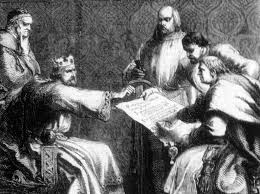
King John and Papal Supremacy
After the death of the Archbishop of Canterbury, King John got involved in a dispute with Pope Innocent III.
According to Pope Innocent, Canterbury Cathedral should have sole right to elect their next successor from one from their own. John opposed the idea and wanted to appoint John de Gray, from his own side.
However, during the election at the Vatican, Pope Innocent elected his own candidate Stephen Langton. John was furious and outrightly rejected the election as a result of which the Pope announced that henceforth no one will receive the Church’s blessings.
John retaliated and seized many of the Church’s possessions. Finally, in November 1209, the Papal Supremacy prevailed and John had to surrender to the Papal terms in May 1213.

King John and the Magna Carta
In September 1214, John decided to impose heavier scutage taxes on the barons. The action was severely criticized and the barons refused to pay.
In May 1215, a troupe of forty barons led by Robert Fitz Walter marched to London. The ‘Army of God’ as they called themselves were determined to revolt against John.
King John met their leaders and on 15 June 1215, they agreed upon an agreement called the “Magna Carta”. The new agreement had a council of 25 barons who will look into the affairs and interests of the barons so that there is no illegal imprisonment and that justified taxes are levied.
Though the agreement of Magna Carta was sealed, John was not happy and was looking for means to break it. He went to the Pope, where he declared that the agreement was unjustified and illegal. This evoked the ‘First Barons’ War’.
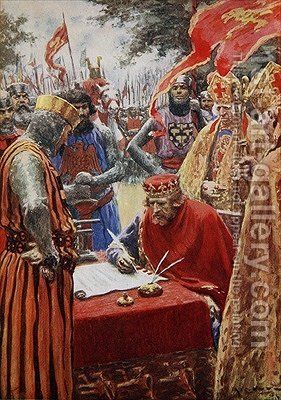
King John Death
In October 1216, while retreating from French invasion, John and his men were passing through the safe route of the marshy lands of The Wash of East Anglia. On their way, he lost most of his valued treasures including his crowned jewels.
This left John devastated and affected his health. Finally, on 19 October 1216, John succumbed to chronic dysentery and died at Newark Castle.
